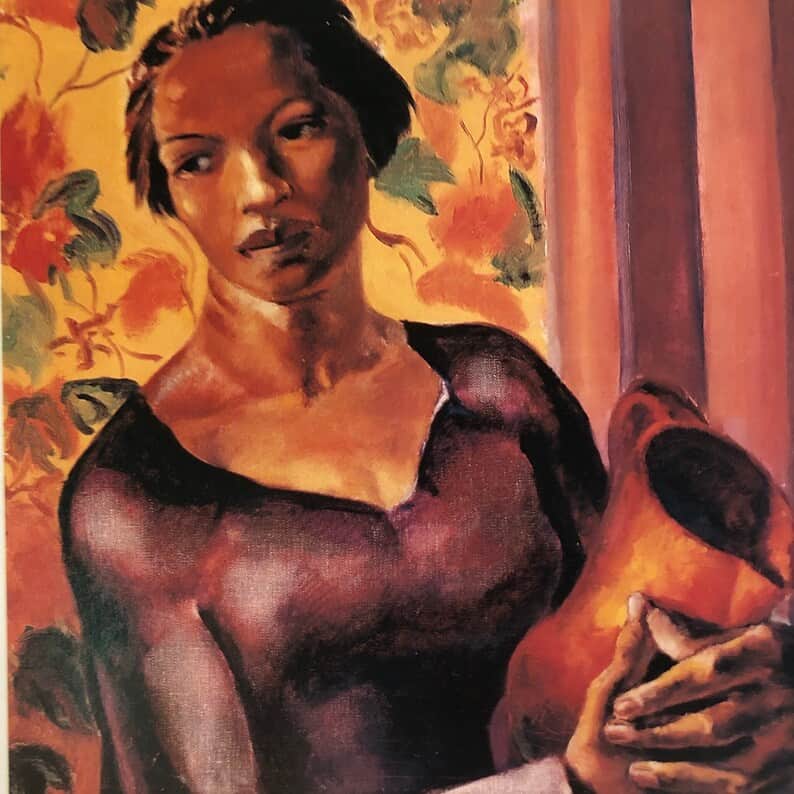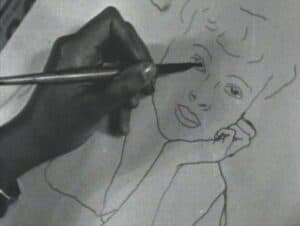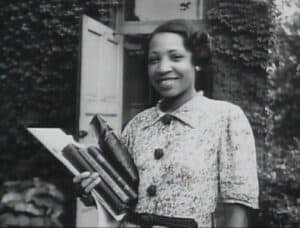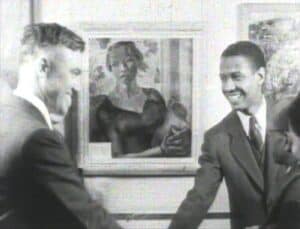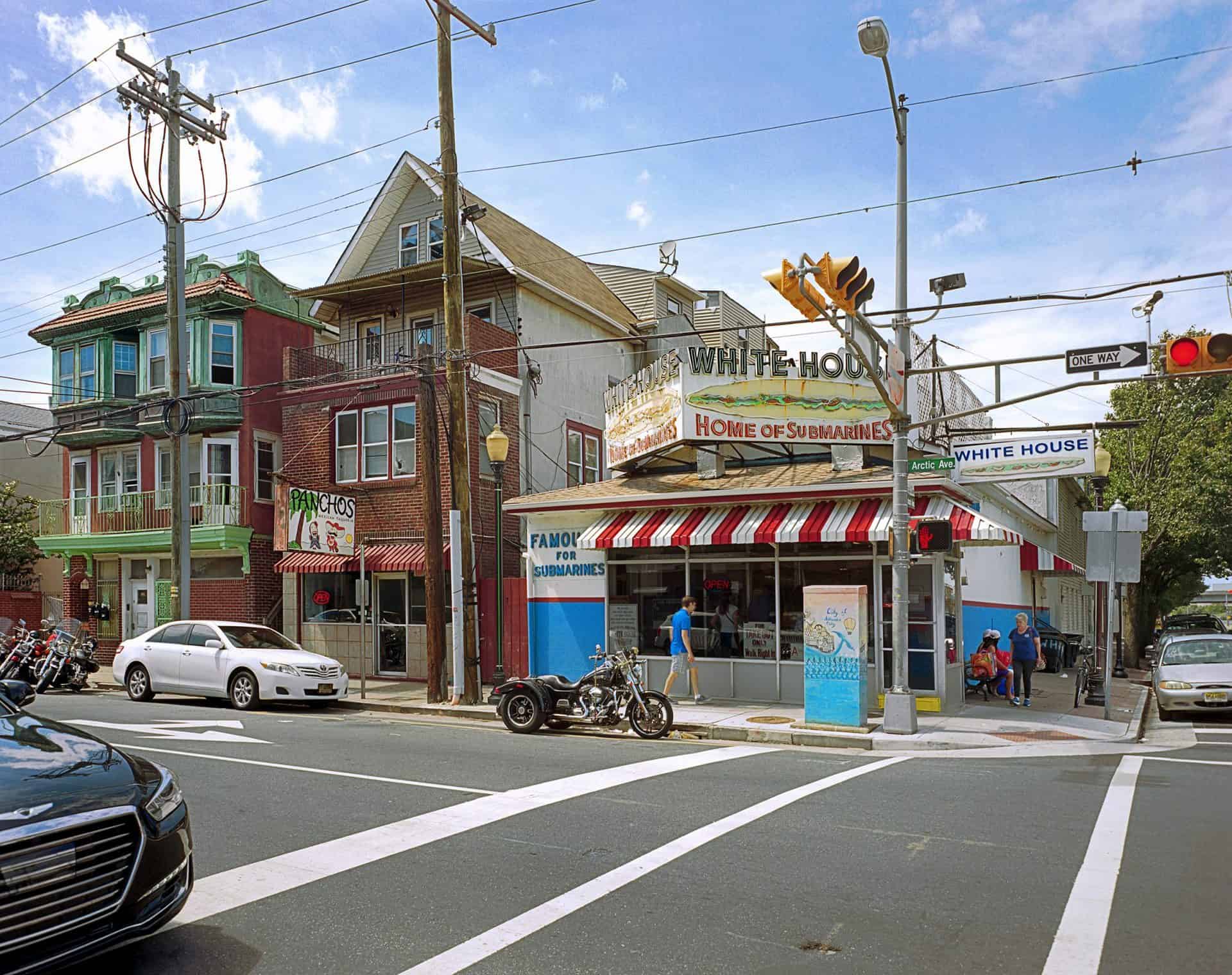Woman Holding a Jug, 1932, James A. Porter
As Black history month comes to a close, we’re privileged to publish a newly digitized version of Against the Odds: The Artists of the Harlem Renaissance on the State of the Arts NJ YouTube Channel. Narrated by Emmy Award-winning actor Joe Morton, this national PBS documentary premiered in 1993. It focuses on the often overlooked visual artists of the Harlem Renaissance, as opposed to its better known writers and musicians.
Produced and directed by Amber Edwards, the hour-long documentary was prompted by a landmark exhibition at the Newark Museum in 1990: Against the Odds: African-American Artists and the Harmon Foundation. For a period of time in the 1920s and ‘30s, the well-meaning albeit paternalistic Harmon Foundation supported the careers of Black artists and mounted exhibitions of their work that toured the country. But 60 years later, most of these painters and sculptors had been forgotten, and their work scattered or destroyed. Curated by Gary A. Reynolds and Beryl J. Wright, the Newark Museum’s exhibition was a remarkable job of original research; as the New York Times put it in a January 15, 1990 review: “to assemble the work, to document the lives of the artists and to write the social and philosophical history of black art in those years – these were tasks of enormous and daunting complexity. Archives were few, addresses hard to find, private histories forgotten.”
Amber Edwards’ documentary took the Newark Museum’s research a step further. In addition to interviews with both Gary Reynolds and Beryl Wright, she captured interviews on film with three visual artists who were part of the Harlem Renaissance and whose work was included in Harmon Foundation exhibitions: James Lesesne Wells, Allan Rohan Crite, and Lois Mailou Jones. None of these artists found commercial success in their lifetimes, but a Google search today shows a resurgence of interest in their work, sadly after they have all now passed away.
“Against the Odds” describes the chilling effect of the art world for Black painters and sculptors in the period before WWII. Galleries and museums shut out people of color, and collectors did not buy their work. The lucky ones found teaching jobs at Black colleges and universities, but others died impoverished. The documentary also describes the tension among Black artists as to their goals: was it to express themselves as individuals or to uphold a positive image of the race?
Thoughtful contributions by historians including Pulitzer Prize-winner David Levering Lewis and MacArthur “Genius” Arnold Rampersad add complexity to the already visually rich documentary. Rare archival footage completes the picture. As the beloved Rutgers University historian Clement A. Price, ever the optimist, says in closing, “You don’t have to be Black to be blessed by Black creativity. All Americans are blessed that this society, despite itself, was able to produce these artists.”


